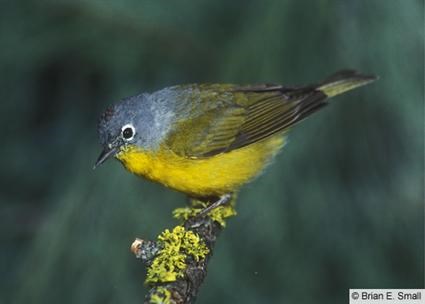 |
| Lynn and Sue watching a distant Northern Flicker |
With the annual Audubon Christmas Bird Count scheduled for Saturday December 14th, the West Campus birders (Lynn, Tom and yours truly - Sue) chose a date within the count week (Dec. 11-17) for our fifth West Campus Christmas Bird Count. We met at 7:15 Friday morning, December 13th, on a bright and cold day to take our annual census of the avian population at West Campus.
 |
| female Eastern Towhee, digiscoped by T. Parlapiano |
As you've read in this blog every December since 2009, the Audubon Christmas Bird Count is the oldest citizen science survey in the nation - and now spreading around the world. The data collected from this count informs environmental policy decision-making from the lowest to the highest levels of government. So, Sue and Lynn and Tom, in this little patch of Connecticut, were out gathering data to add to the big picture of bird diversity in North America but also to inform the administration of Yale's West Campus.
 |
| Female Eastern Towhee eating sunflower seeds in the yard outside of the Yale West Campus Education Center - on count day! |
Friday December 13, 2013; 7:15am-12:15pm, 24F/-4C, high cloud cover, clearing by noon, moving water was open, still water was frozen. 3 participants, 5 daylight hours each.
1. Canada Goose ...................100
2. Turkey Vulture .................... 1
3. Red-tailed Hawk ................ 2
4. Herring Gull ........................ 8
5. Ring-billed Gull ...................13
6. Downy Woodpecker .......... 5
7. Red-bellied Woodpecker .... 2
8. Northern Flicker ................ 1
9. Rock Pigeon .......................27
10. Mourning Dove ................ 10
11. Cedar Waxwing ................ 8
12. American Crow ................15
13. Fish Crow ........................ ?
14. Blue Jay ........................... 7
15. European Starling ............. 83
16. American Robin .. ............ 30
17. Hermit Thrush ....................2
18. Northern Mockingbird ...... 1
19. Carolina Wren .................. 5
20. Black-capped Chickadee .. 4
21. Tufted Titmouse ............... 7
22. White-breasted Nuthatch... 4
23. Brown Creeper ............... 2
24. Northern Cardinal ........... 12
25. Dark-eyed Junco ............ 12
26. White-throated Sparrow .. 42
27. Song Sparrow ................. 1
28. Eastern Towhee ............... 1
29. American Goldfinch ......... 9
30. House Finch .................... 1
31. House Sparrow ............... 15
Past Christmas Count blog posts:
2009
2010
2011
2012


















